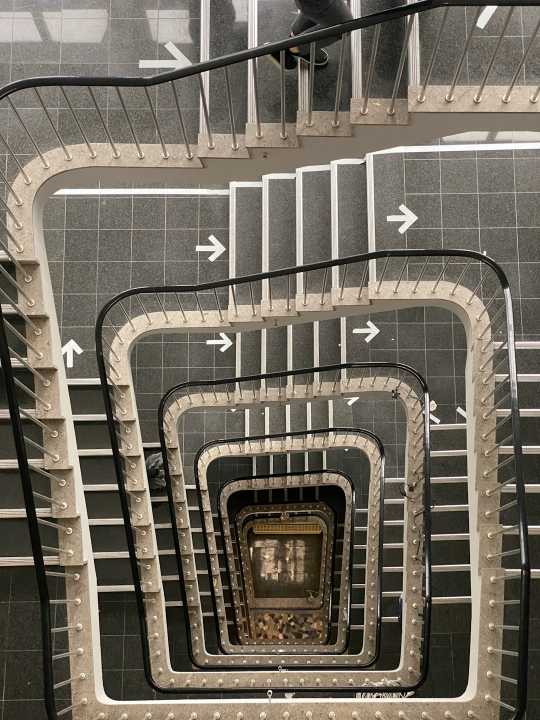Street art has a rich and vibrant history that has evolved over the years from simple graffiti tags to elaborate murals that cover entire buildings. What began as a form of rebellion and self-expression has transformed into a respected art form that can be found in cities around the world.
Graffiti, the earliest form of street art, gained popularity in the 1970s as a way for young people in urban areas to express themselves. It often involved spray painting words or images on public surfaces, such as walls, trains, and bridges. Graffiti artists, or “taggers,” used pseudonyms or “tags” to anonymously claim their work and establish their presence in the street art scene.
As graffiti became more widespread, it also became increasingly controversial. Many saw it as vandalism and a sign of urban decay, while others saw it as a form of artistic expression and a way to reclaim public spaces. Graffiti artists often had to work quickly and under the cover of darkness to avoid being caught by law enforcement.
Despite the challenges, graffiti continued to evolve and gain recognition as an art form. Artists began to experiment with different styles and techniques, using stencils, stickers, and wheatpaste to create their work. They also started to use the streets as their canvas, choosing locations that would maximize the visibility and impact of their art.
One of the most famous graffiti artists of the 20th century was Jean-Michel Basquiat, who rose to fame in the 1980s with his colorful and chaotic paintings. Basquiat’s work often featured symbols, words, and figures inspired by African art, jazz music, and street culture. His collaboration with fellow artist Keith Haring helped bring graffiti into the mainstream art world.
In the 21st century, street art has continued to evolve, moving beyond simple tags and graffiti to encompass a wide range of styles and techniques. Murals, in particular, have become a popular form of street art, with artists using buildings, walls, and other structures as large-scale canvases for their work.
Murals can be found in cities around the world, brightening up neighborhoods and adding color and beauty to urban landscapes. They often incorporate intricate designs, vibrant colors, and powerful messages that reflect the cultural, social, and political issues of the time.
One of the most famous muralists of the modern era is Banksy, a mysterious British artist known for his provocative and controversial artworks. Banksy’s stenciled murals often address themes such as war, consumerism, and political corruption, and his work has garnered international acclaim and critical praise.
The evolution of street art from graffiti to murals is a testament to the power of creativity and the resilience of artists who are determined to make their voices heard. What began as a form of rebellion has transformed into a respected and influential art movement that continues to push boundaries and challenge conventions.
In conclusion, street art has come a long way since its humble beginnings as graffiti tags on city walls. Today, it encompasses a wide range of styles and techniques, from simple spray-painted tags to elaborate murals that cover entire buildings. The evolution of street art reflects the changing times and the enduring creativity of artists who are determined to make their mark on the world.

